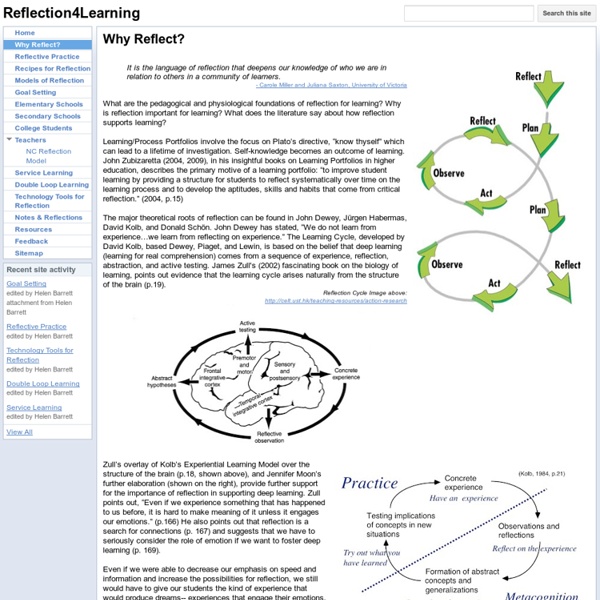



How to stretch and challenge your students There are two ways to interpret the phrase “stretch and challenge”. On the one hand, it relates to whole-class teaching and the importance of stretching and challenging every pupil’s thinking. On the other, it relates to individuals and the importance of pushing the thinking of the most able pupils. Both interpretations are equally valid and essential components of great teaching. Stretching and challenging all pupils As teachers, we know it is not enough for our pupils to coast through lessons, picking up the minimum they need to get by. Planning When creating your lessons, ask yourself if the content is sufficiently demanding. Ideally, you should be aiming for material that is just beyond the point pupils have already reached – something just at the edge of their capabilities. To judge whether your content is sufficiently challenging, elicit information from your pupils. Do not be averse to plunging your pupils into the realms of uncertainty from time to time. 1. 2. 3. Evaluation
Le pôle « Psychologie et sciences de l'éducation » | Faculté des Arts, Lettres, Langues, Sciences humaines Présentation Le pôle « psychologie, sciences de l’éducation » est présente sur quatre sites d'Aix-Marseille Université (Schuman, Saint-Charles, Lambesc et l’Arc de Meyran). Il regroupe cinq départements (sciences de l’éducation, psychologie clinique, psychologie cognitive et expérimentale, psychologie développementale et différentielle, psychologie sociale) et six laboratoires ou équipes de recherche (centre de recherche en psychologie de la connaisssance, du langage et des émotions, laboratoire de psychologie cognitive – CNRS, laboratoire de psychologie sociale, laboratoire de psychopathologie clinique; language et subjectivité, équipe de psycholinguistique du laboratoire parole et langage – CNRS, laboratoire apprentissage, didactique, évaluation et formation). Chaque année il accueille plus de 3500 étudiants (2500 en psychologie et un millier en science de l’éducation). Le pôle est géré par un conseil de 32 membres dont 8 représentants des étudiants. Informations
Questioning Toolkit Essential Questions These are questions which touch our hearts and souls. They are central to our lives. Most important thought during our lives will center on such essential questions. What does it mean to be a good friend? If we were to draw a cluster diagram of the Questioning Toolkit, Essential Questions would be at the center of all the other types of questions. All the other questions and questioning skills serve the purpose of "casting light upon" or illuminating Essential Questions. Most Essential Questions are interdisciplinary in nature. Essential Questions probe the deepest issues confronting us . . . complex and baffling matters which elude simple answers: Life - Death - Marriage - Identity - Purpose - Betrayal - Honor - Integrity - Courage - Temptation - Faith - Leadership - Addiction - Invention - Inspiration. The greatest novels, the greatest plays, the greatest songs and the greatest paintings all explore Essential Questions in some manner. Why do we have to fight wars?
Applying the Zone of Proximal Development in the Classroom - What is the zone of proximal development? | HowStuffWorks To apply the concept of the zone of proximal development, teachers instruct in small steps according to the tasks a child is already able to do independently. This strategy is referred to as scaffolding. The teacher should also support and assist the child until he or she can complete all of the steps independently. Before teachers can begin guiding students through the steps necessary to learn a concept, they should get a grasp of how these tasks, referred to as scaffolds, are applicable to everyday life. The teacher then builds on these scaffolds to develop the child's zone of proximal development. Connections between the task being learned and how it's applicable to the skills needed in everyday life might not become apparent immediately; in fact, they might take several lessons to develop. Here's a look at the step-by-step process by which a teacher can apply the zone of proximal development: First, a teacher should identify what a student already knows.
Pearltrees Extension Pearltrees lets you organize all your interests. Pearltrees lets you organize everything effortlessly. Add your content, transform it with Pearltrees AI, and organize it into beautiful collections. Discover and share millions of resources on your favorite topics. With Pearltrees, access all your interests anytime, anywhere!
Challenge of identifying learning disabilities July 4, 2013 : Children need to be observed for the discrepancies in their activities and performance so as to diagnose learning disabilities, writes Shivananda Nayak. The most common challenge for parents and teachers is to recognise the ‘symptoms’ of Learning Disabilities (LD). Subject specific n Reading: Children with LD may not be able to read fluently. n Writing: Hand writing of such children may be illegible, poorly organized with lots of spelling errors. n Mathematics: A child with LD can get confused with numbers, in simple operations like addition, subtraction, etc. Age specific n 4 to 9 year olds: They may show poor or lack of attention along with restlessness. n 10 years and above In this age group, children may show poor ‘discipline’. Here is the good news. With excessive focus on academic achievement, children are deprived of indulging in their interest. Go to Top